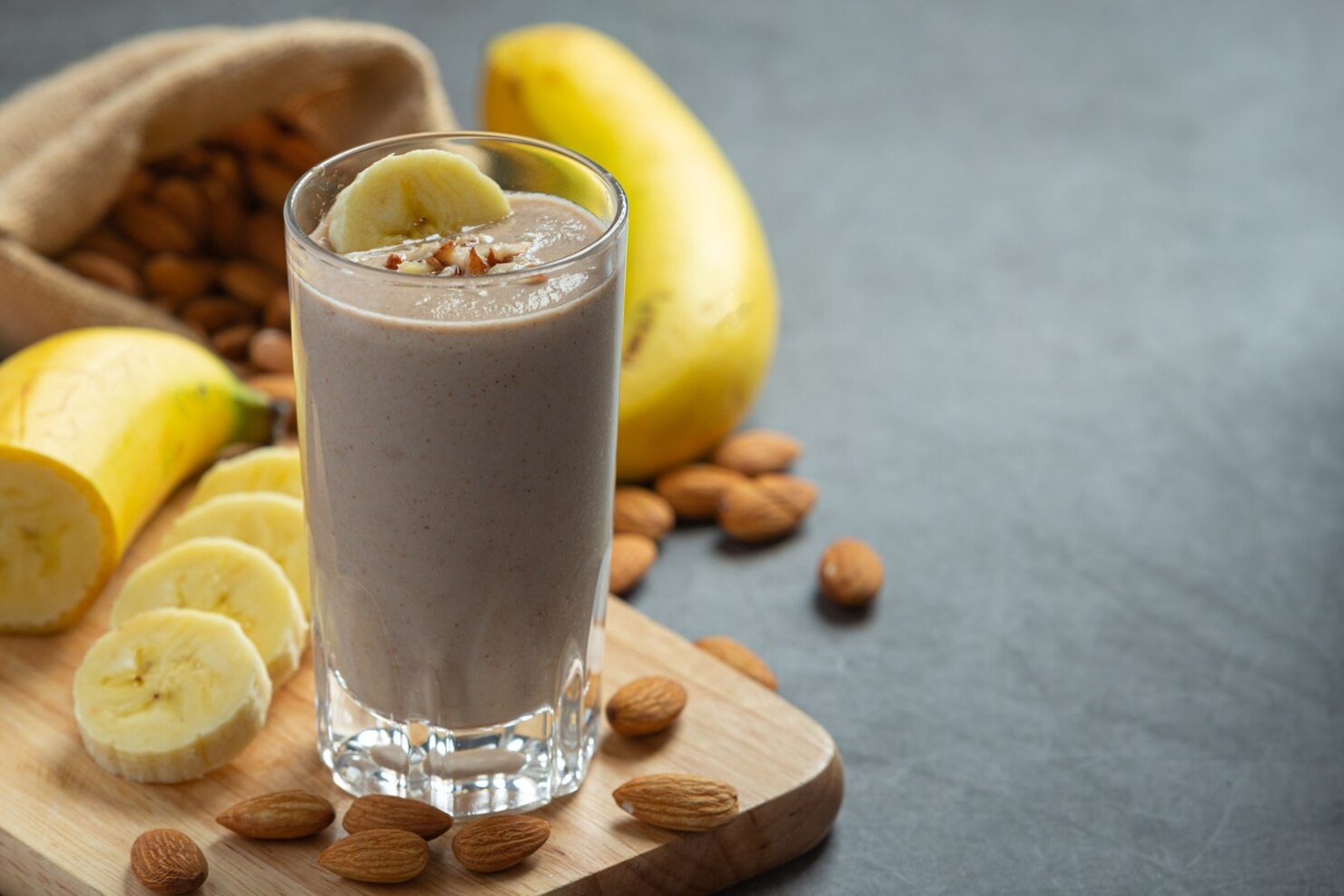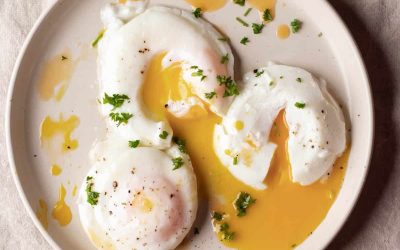Calories in Banana Shake
Banana shakes are a popular choice for a quick and nutritious snack or breakfast option. Packed with essential vitamins, minerals, and energy-boosting carbohydrates, bananas are a versatile fruit that can be easily blended into a delicious shake. However, the calorie content of a banana shake can vary depending on the ingredients used and the portion size. Let’s explore the typical calorie content of a banana shake and some factors that can influence it.
How many calories are in a banana shake?
A basic banana shake made with just a banana and milk typically contains around 150-200 calories per serving, depending on the size of the banana and the type of milk used. Adding other ingredients such as yogurt, honey, nuts, or seeds can increase the calorie content further, but also adds more nutritional value.
For those looking to keep the calorie count lower, using low-fat or skim milk and avoiding additional sweeteners like sugar or honey can help reduce the calorie content of the shake. Additionally, using frozen bananas instead of fresh ones can add thickness and creaminess to the shake without the need for ice cream or additional fats.
It’s important to note that while bananas are relatively low in calories compared to other fruits, they are still relatively high in carbohydrates, which can contribute to the calorie content of the shake. However, the natural sugars in bananas also provide a quick source of energy, making them an ideal choice for a pre or post-workout snack.
In summary, the calorie content of a banana shake can vary depending on the ingredients used and the portion size. By choosing nutrient-dense ingredients and watching portion sizes, you can enjoy a delicious and satisfying banana shake without consuming excessive calories.
How many calories in banana shake with peanut butter?
The calorie content of a banana shake with peanut butter can vary depending on the specific ingredients and portion sizes used. Here’s a rough estimate of the calorie breakdown for a typical banana shake with peanut butter:
1. Banana: A medium-sized banana typically contains around 105 calories.
2. Peanut Butter: Two tablespoons of peanut butter can range from 180 to 200 calories, depending on the brand and whether it’s regular or reduced-fat.
3. Milk: One cup of milk (240 ml) can contain around 100 calories, depending on the type of milk used (skim, low-fat, whole, etc.).
Assuming you use one medium banana, two tablespoons of regular peanut butter, and one cup of skim milk, the total calorie content of the banana shake with peanut butter would be approximately 385 to 405 calories.
Keep in mind that this is just an estimate, and the actual calorie count may vary based on factors such as the specific brands of ingredients and any additional add-ins like sweeteners or protein powders. If you’re trying to track your calorie intake, it’s always a good idea to check the nutritional information on the packaging of each ingredient used.
How many calories in banana shake without sugar?
A banana shake without added sugar typically contains fewer calories compared to one with added sugar. Here’s a breakdown of the approximate calorie content of a banana shake made without sugar:
1. Banana: A medium-sized banana contains around 105 calories.
2. Milk: One cup (240 ml) of skim milk contains approximately 80-90 calories, depending on the brand and specific type of milk.
3. Ice: Ice typically adds negligible calories to the shake.
Assuming you use one medium banana and one cup of skim milk in your banana shake without sugar, the total calorie content would be approximately 185 to 195 calories.
Keep in mind that this is a rough estimate, and the actual calorie count may vary slightly based on factors such as the size of the banana and the specific brand of milk used. Additionally, if you add other ingredients like yogurt or protein powder, the calorie content will change accordingly.
Calories in banana shake with almonds
The calorie content of a banana shake with almonds can vary based on the specific ingredients and quantities used. Here’s an approximate breakdown of the calorie content for a banana shake with almonds:
1. Banana: A medium-sized banana contains around 105 calories.
2. Milk: One cup (240 ml) of skim milk contains approximately 80-90 calories.
3. Almonds: One ounce (28 grams) of almonds contains roughly 160 calories.
4. Ice: Ice typically adds negligible calories to the shake.
Assuming you use one medium banana, one cup of skim milk, one ounce of almonds, and some ice in your banana shake, the total calorie content would be approximately 345 to 355 calories.
Keep in mind that this is a rough estimate, and the actual calorie count may vary depending on factors such as the size of the banana, the type of milk used, and the amount of almonds added. Adjusting the quantities of ingredients will accordingly adjust the calorie count.
Calories in banana shake with peanut butter and oats
The calorie content of a banana shake with peanut butter and oats can vary based on the specific ingredients and quantities used. Here’s an approximate breakdown of the calorie content of a banana shake with peanut butter and oats:
1. Banana: A medium-sized banana contains around 105 calories.
2. Milk: One cup (240 ml) of skim milk contains approximately 80-90 calories.
3. Peanut Butter: One tablespoon (16 grams) of peanut butter contains roughly 90-100 calories.
4. Oats: Half a cup (40 grams) of dry oats contains approximately 150 calories.
5. Ice: Ice typically adds negligible calories to the shake.
Assuming you use one medium banana, one cup of skim milk, one tablespoon of peanut butter, half a cup of oats, and some ice in your banana shake, the total calorie content would be approximately 425 to 435 calories.
Keep in mind that this is a rough estimate, and the actual calorie count may vary depending on factors such as the size of the banana, the type of milk used, and the amount of peanut butter and oats added. Adjusting the quantities of ingredients will accordingly adjust the calorie count.
How to make Low-calorie banana shake?




